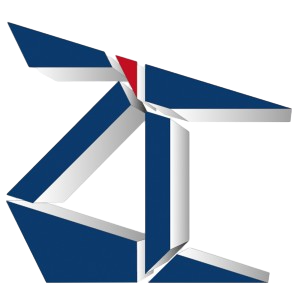Precision Engineering Excellence: Exploring CNC Machined Parts
Introduction to Computer Numerical Control (CNC) Machining
CNC machining is the process of using computer-controlled machines to mold raw materials into finished products with almost perfect accuracy. This technology has transformed manufacturing processes by enabling the creation of intricate geometries that were previously unachievable through traditional methods. The core of this technology lies in its ability to convert digital designs into tangible items with minimal human intervention, which guarantees consistency and repeatability during production.
The Function of CNC Machined Parts
CNC machined parts are used in a variety of sectors including aerospace, automotive, electronics, medical among others. These components perform critical tasks requiring precision, reliability, and improved performance. Whether it is making fine engine parts for airplane engines or designing specialized equipment for complex medical devices; there are no limits on what can be done with CNC machining since it has been designed to fit into various industries.
Major Characteristics And Advantages
Precision remains one of the most noticeable features in each CNC machined part. As such, these components are characterized by microscopic levels of precision which often reach tolerances measured in micrometers (thousandths of an inch), thus ensuring proper fitting and functioning. Additionally, CNC machining can handle different materials including metals like aluminum, stainless steel or titanium as well as plastics or composites; this makes it possible to select the right materials based on their application.
Industry Applications
There are numerous sectors where CNC machined parts possess multiple applications today. In the aerospace sector they form lightweight structures as well as resistivity high-performance constituents against harsh surroundings. Examples from automotive industry include engine components for powerplants , transmission elements and chassis’ intricate sections produced through CN fabrication method while in the electronics field; computers must have precise assembled circuit boards and casings hence made by this process . Also in surgical sectors, CNC machined parts are used to create prosthetics and surgical devices.
Innovation and Future Trends
Advancements in technology have seen CNC machining grow with time. For instance, the use of multiple axes in addition to 3D printing (additive manufacturing) has made CNC systems more effective since their ability to produce complex parts has increased. The future of this technology will be characterized by enhanced automation, use of Artificial Intelligence (AI) for real-time process optimization and incorporation of sustainable practices that limit material wastage and energy consumption.
Finally, CNC machined parts represent a peak of present-day manufacturing practice uniting sophisticated technologies with diligent artisanship in making highly precise and reliable components. As industries transform while demand for quality custom-built products increase, there is no way one can separate any form factory without mentioning CNC machining as it remains an important tool for the enhancement of new ideas towards shaping tomorrow’s factories across the globe.
 EN
EN
 AR
AR
 CS
CS
 NL
NL
 FR
FR
 DE
DE
 IT
IT
 JA
JA
 KO
KO
 NO
NO
 PL
PL
 PT
PT
 RU
RU
 ES
ES
 TL
TL
 VI
VI
 TH
TH
 TR
TR
 MS
MS
 IS
IS
 BN
BN
 MN
MN
 NE
NE



